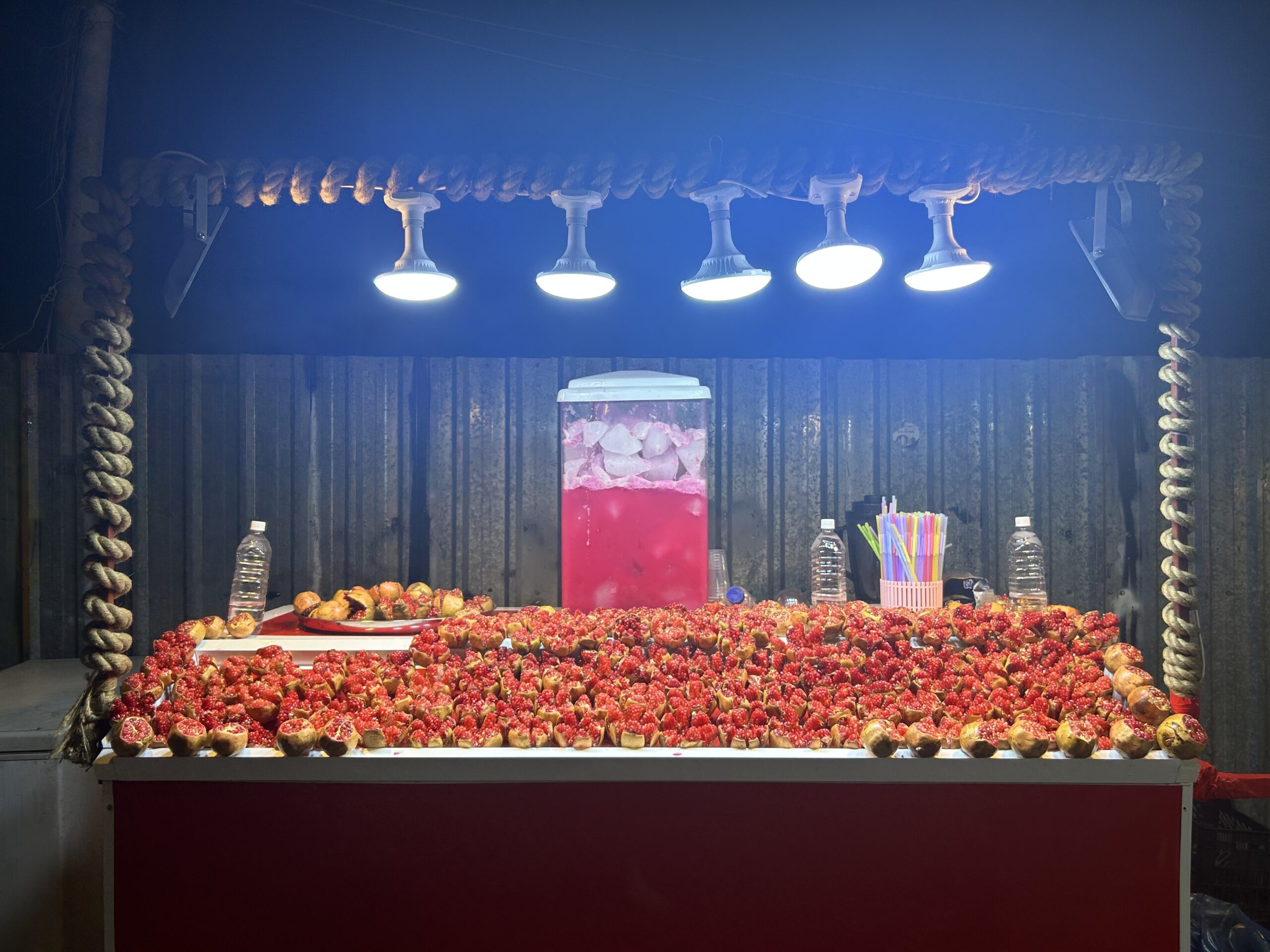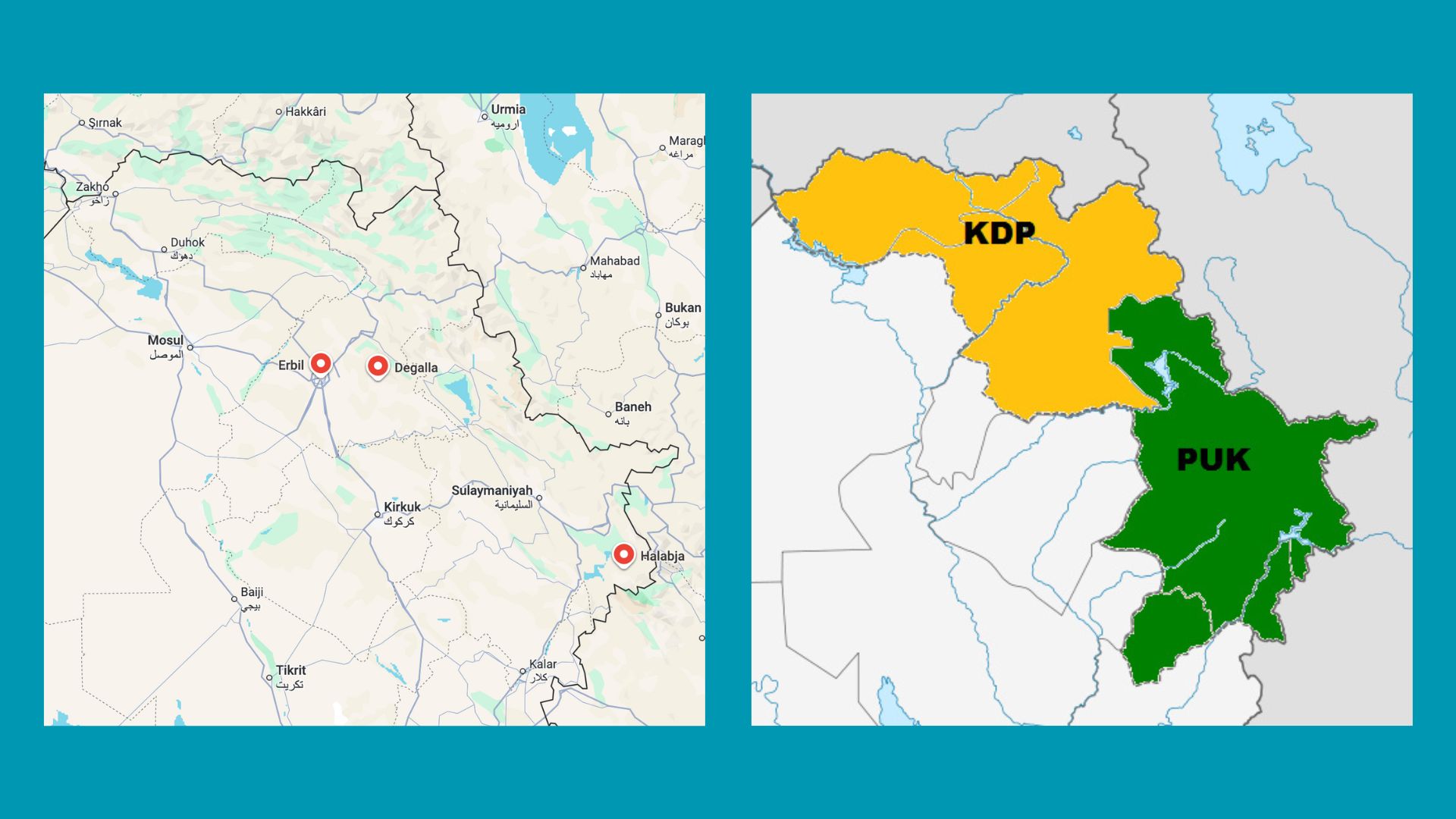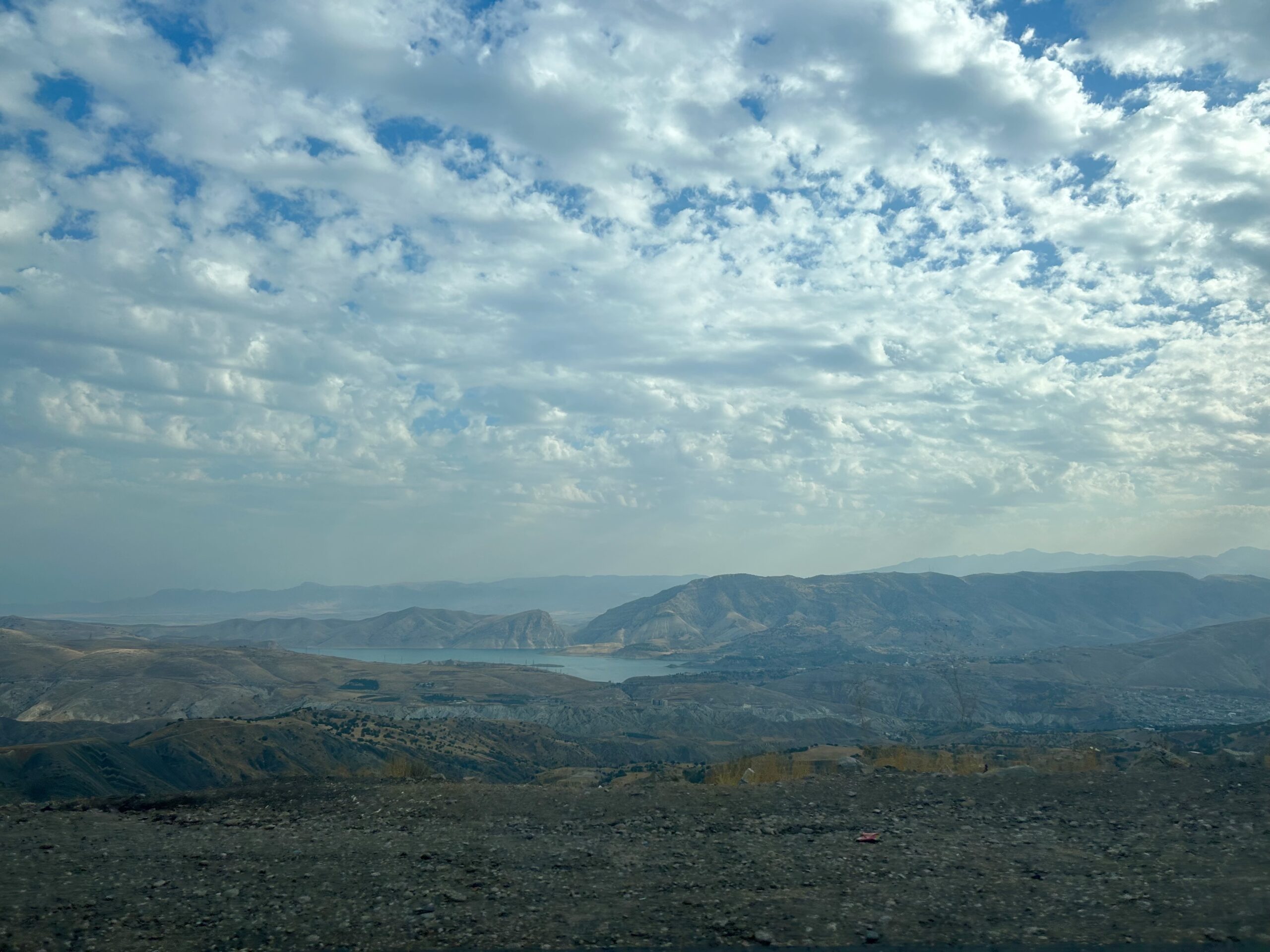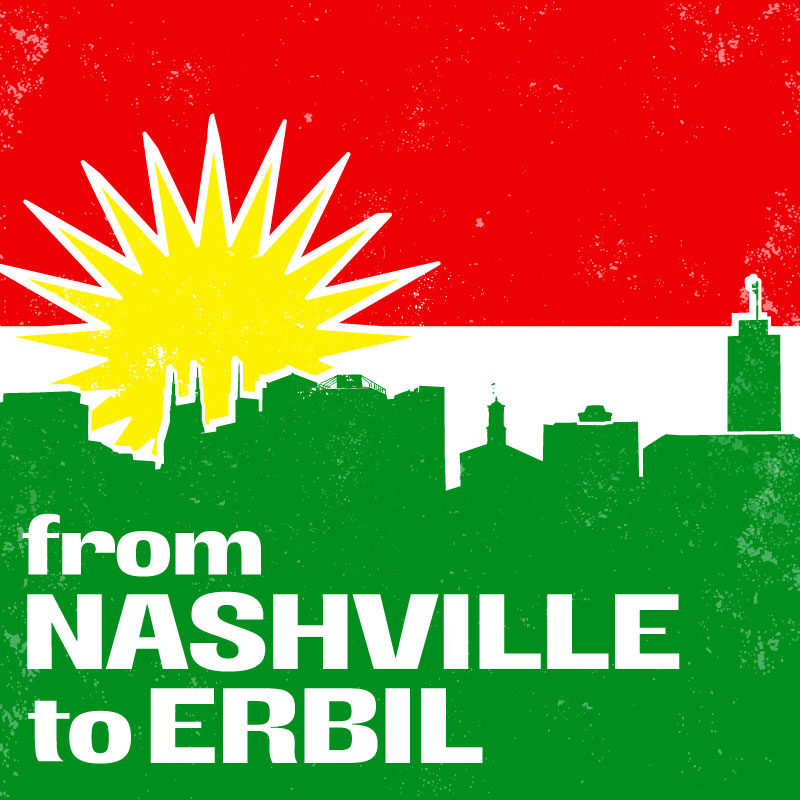
When I woke up, it was still dark outside. Outside my window, the lights of Erbil’s central “golden zone” still twinkled. I grabbed my bag, packed with a change of clothes and the tools of my trade, and went downstairs to meet the friend and fellow journalist I would be traveling with today.
Our destination was Halabja, a small city near the Iranian border. Halabja is known for its excellent pomegranates, but it is best known as the site of a devastating 1988 chemical attack that killed thousands of Kurdish civilians, and injured thousands more. It was part of al anfal, a military campaign designed by Saddam Hussein and his generals to wipe out Kurdish militants by wiping out Kurdish towns across the countryside.
More: You can hear the full story behind the attack on Halabja in WPLN’s new podcast, The Country In Our Hearts, episode 1: “The Enemy Within.”
The attack on Halabja is an identity-defining milestone in Kurdish history, something the people I’d interviewed back in Nashville referenced repeatedly. Which is why I had decided I needed to see this place for myself, and speak with the people who lived there now.
 Rose Gilbert WPLN News
Rose Gilbert WPLN News Halabja’s pomegranates are famous across Kurdistan.
While traveling through Kurdistan, I have seen all a manner of roadside vendors: trucks piled high with pomegranates and watermelons; carts selling hot tea from the perilously shallow shoulder of the highway; tents lined with plastic jugs of gasoline, makeshift fuel stations. I once saw someone selling fresh, live fish from an open tank in the bed of his pickup truck.
Something else you should know about traveling in Iraqi Kurdistan: there are checkpoints. Lots of them, guarded by armed peshmerga. These stops are usually pretty perfunctory, especially if you’re carrying an American passport, but when we left Erbil, something changed.
There are two major political parties in Kurdistan, the Kurdistan Democratic Party (KDP or PDK) and the Patriotic Union of Kurdistan (PUK). The KDP is older, bigger and led by the Barzani family. It has traditionally controlled a little over half of the region, from Erbil over to the Turkish border in the west. The PUK was founded later, in the 1970s, and is led by the Talibani family. It controls the eastern part of Kurdistan, towards the Iranian border.
 Google Maps and Shafaq News
Google Maps and Shafaq News A map of Iraqi Kurdistan, next to map of the KDP’s and PUK’s regions of political influence.
This divide goes deeper than electoral politics. These two parties fought a civil war that left thousands dead in the 1990s, which is . . . just not that long ago. Today, land, families and even peshmerga tend to be firmly aligned with one or the other.
That became clear at Degala, the checkpoint between KDP-controlled Erbil and PUK-controlled Sulaymaniyah. For one thing, the stop took a whole lot longer. Rather than just being waved through, we had to leave our car with the guards and go inside to have our documents checked against some kind of computer database.
But what I found more striking was how clearly I could see the divide. On one side of the checkpoint, yellow KDP flags and portraits of Barzanis; on the other, green PUK flags and portraits of Talibanis.
I’d been asked to show my passport many times since I’d arrived in Kurdistan, but this was the first time I felt like I was actually crossing a border.
 Rose Gilbert WPLN News
Rose Gilbert WPLN News Lake Dukan, just down the road from Degala. After a few weeks in arid Erbil, seeing so much water was kind of a shock.
The friend I was traveling with was in an especially interesting position: his family was from the PUK-controlled region of Sulaymaniyah and his father had fought for the PUK during the civil war, but he worked for a company owned by a Barzani. He didn’t feel any particular angst about this, but I understand it did occasionally slow him down at checkpoints like this one.
We drove on, higher and higher into the mountains, and a few hours later, we were in Halabja. I was going to see the city that looms so large in the memory of the Kurdish diaspora. I was going to speak to survivors of the 1988 chemical attack. But first, I was going to meet Mayor Nuxsha Nasih — the second woman to govern Halabja.


